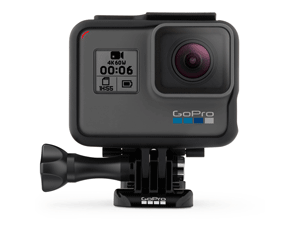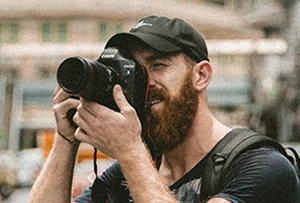You may have a star in your pocket and not even know about it! Modern cinema is a complicated and expensive endeavor, a logistical nightmare distant from the romantic notions of past times. A film set can accommodate thousands of extras, hundreds of highly paid professionals and actors commanding seven figures for a day’s work. A big action sequence can take weeks or months to prepare and often a retake is not an option. With such high stakes, top-notch equipment is the norm. Everything has to work the way it’s supposed to when it’s supposed to.

Unsurprisingly, reliability is pricey. The workhorses of the industry – the ARRI Alexa and the RED Weapon can cost north of $100k, and that is before you add the lenses. Oh, the lenses! Exotic vintage anamorphics, modern fast primes, uncoated gems of the glam era, there is a lot to choose from. The common characteristic they all share? You guessed it – they are expensive!
So what do you do when you have to put a camera in the way of danger? You really want to get that POV wide-angle shot of the truck barreling down the road, but the frost in the producer’s eyes tells you a RED Epic with an ARRI Ultra Prime is not going in the crash box. Even the biggest of productions draw the line somewhere. This is where action cams, DSLRs and mirrorless cameras, just like the one you have in your bag, come in and save the day.
The huge choice in consumer cameras inevitably triggers a rigorous selection process. In addition, quality control is much lower in consumer equipment compared to pro cine cameras, so extensive testing is done before each project. Different models are selected according to the requirements of the particular shoot. One day you need high frame rates for slow-mo work, the next you have to stuff the camera into a working oven. Eventually, you will also have to cut the footage together, and your $1k crash camera has to (somewhat) match your $100k A Cam. So let’s have a look at some of the mortal cameras living the dream in Hollywood:
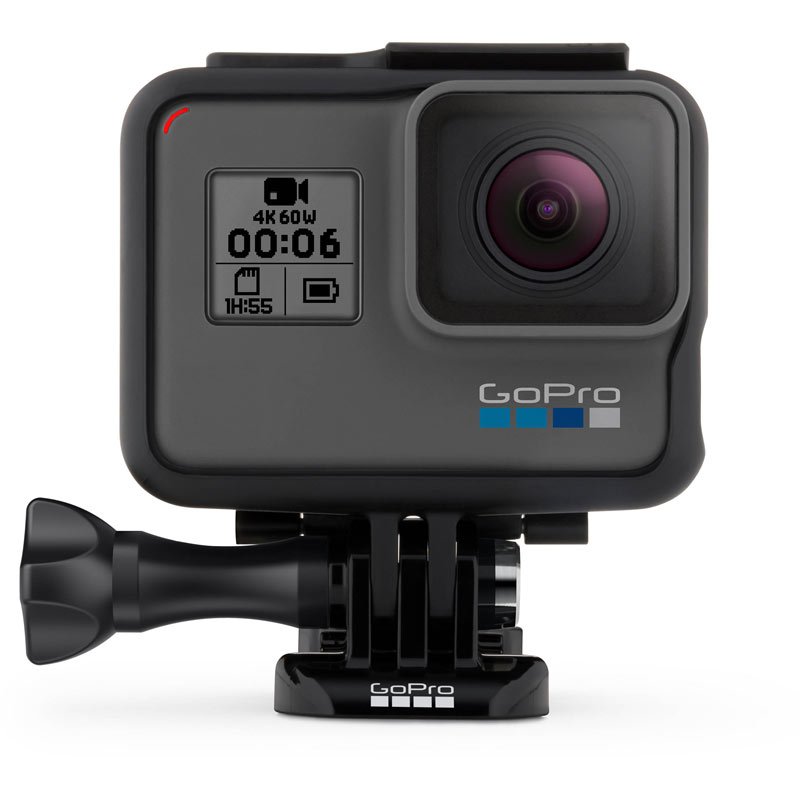
GoPro
Starting with the little guys, you will find these on practically every action movie set. Not shining with exceptional image quality (by cine standards), they make up for this with their tiny size and low cost. When your production costs run up to $2m a day, a $500 camera can easily be chalked as a consumable.
You can spot them in glove boxes, toilets and submarines, on guns and motorbikes, on the ocean floor and everywhere in between. Their small size makes them easy to camouflage and be put right in the middle of a scene. They are often used to simulate webcams (or space suit cams for that matter, see The Martian), security cameras or door peepholes, and in these instances, their lower quality and optical characteristics can be an advantage over bigger cameras. Although there are some options out there for different lenses on the Hero 3 and 4, most of the time they are used with their stock wide lens and placed right in the middle of the action.
Due to their tiny sensors and relatively slow lenses, they don’t perform particularly well in low light conditions and are therefore mostly used in well-lit scenes. Another frequent issue with them is that they usually rely on WiFi for setup and triggering, which can lead to delays and misfires on sets with a lot of RF interference.
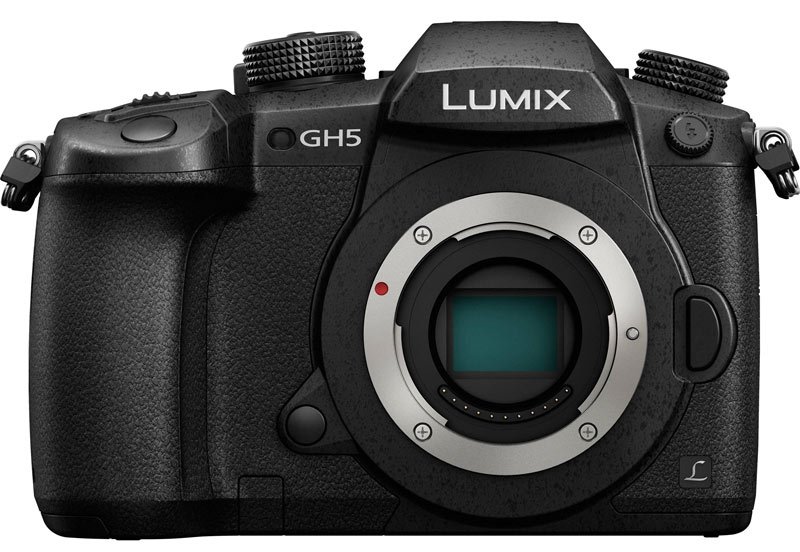
Panasonic GH Series
A step up in both size and image quality is the Panasonic GH5. With its Micro Four Thirds sensor it is a popular choice for lightweight rigs. Its lens mount and flange distance open up a lot of choices in terms of lenses both vintage and modern. The 4K footage has a lot of latitude for corrections in post. It also performs much better than the GoPros in low light situations, especially when coupled with a faster lens and a Metabones Speed Booster. It’s usually placed in crash boxes, underwater housings or rigged on cars, motorcycles and bikes. It can often be seen on helmets or POV rigs where it provides a good balance of size, weight and quality.
Another key feature that makes the GH5 a popular choice for a crash cam is the ability to output 4K signal to external recorders. This way, you can run a cable from the crash box to a recorder that is tucked away somewhere safer and get your footage even if the camera is completely annihilated.
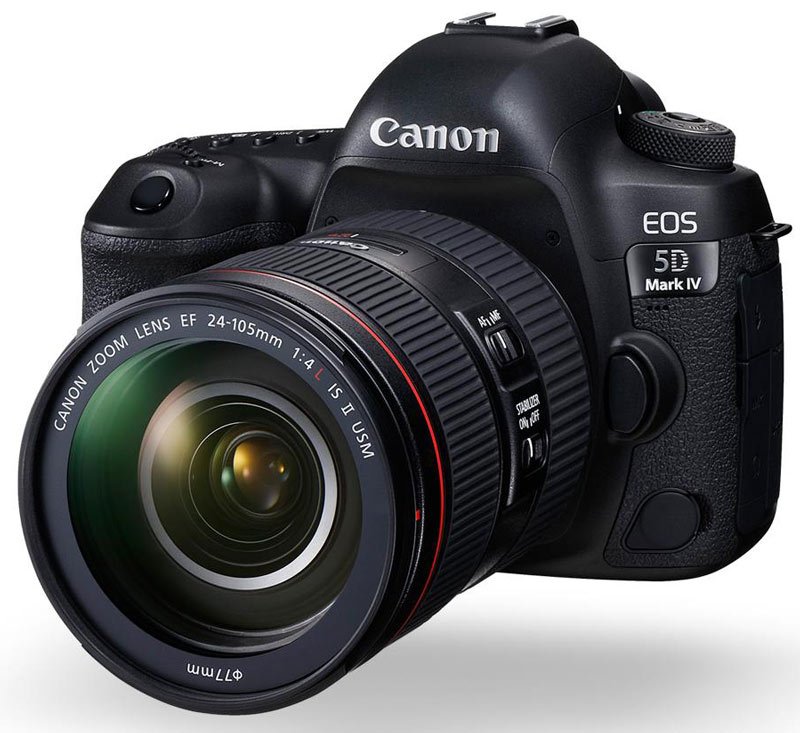
Canon 5D Series
Canon 5D, the camera that single-handedly started the DSLR video revolution back in 2008 is still going strong today. Now in its fourth generation and with better video features than ever, it can be spotted in a variety of tight spots on set.
Due to its long-standing involvement with the film world, the 5D’s well supported by a number of accessories like cages, lens mount converters and cables to adapt it to a cine workflow. The EF lens mount is the most popular option for filmmaking lenses after the dedicated cine PL (Positive Lock) mount.

Sony A7s/A7sII
The immensely popular series of film-oriented Sony mirrorless cameras has steadily worked it’s way on film sets ever since the original A7s was introduced in 2014. Like the Canon 5D and the Panasonic GH series, the Sony A7s enjoy a plethora of accessories to facilitate a cine workflow.
The biggest advantage the A7s has over the 5D series is the absence of a mirror box and the resulting short flange focal distance. Like the GH5, pretty much any existing lens can be mounted on the A7s, with the further advantage of the huge full-frame CMOS sensor.

